GE Transportation’s chief digital officer took time out of the biennial InnoTrans tradeshow in Berlin last September to describe software integrating and analysing data from multiple sensors on locomotives, trackside equipment, and even potentially dockside cranes at ports or the ships and containers en route to those ports.
The combination of all the data from those sensors, plus other sources as diverse as railroad control centers and weather forecasters will mean that the scheduling for trains can be linked to that for the ship and port operator. This will enable railroads to plan ahead for capacity and crucially better inform shippers about when their container full of goods will actually arrive.
Internet of Things
The wide-scale use of sensors and the increasing power of computers, linked together by the Cloud — as wireless data exchange using radio or satellite data links are known — makes this possible, another name for this in tech jargon is Internet of Things.
Tolson says there is no single new magic black box but the innovation is to link different systems and to create powerful software able to turn all that data into something that makes a real difference to customers service levels and railroads operating ratios. She adds that GE see the locomotive increasingly as a “data center on wheels” — most have at least 200 individual sensors generating a billion bytes of data each second.
“Use that data in a smart way and you can save lots of money,” Tolson says. GE has calculated that each 1-percent improvement in efficiency across fuel use, asset utilization, car dwell time, and overall network velocity adds up to nearly $6 billion in savings per year across the railroad industry in North America.
From planners to real time optimizers
GE has been marketing its Movement Planner technology for a few years now and Tolson says this uses real-time network data to help dispatchers manage trains across their network.
She says Norfolk Southern has installed the Movement Planner package while other Class I railroads are also implementing it. In 2016, GE introduced the system for Australia’s largest rail freight operator Aurizon at its Network Control Center and a second Australian operator ARTC are currently introducing the system.
More than 10,000 locomotives have GE’s Trip Optimizer system fitted, which is a cruise control system that calculates the optimum speed profile for a train by considering factors such as train length, weight plus track profile and the system then automatically controls throttle and braking to meet the profile.
As Tolson explains, “Put that individual control of a train together via data sharing and cloud computing with the overall game plan already in the Movement Planner system and railroads can begin to get sophisticated about how they manage their traffic; slowing down less time critical trains, or just to save fuel.”
Trip Optimizer already has the functionality to shut down locomotives that are not needed due to speed or location to reduce fuel consumption or prevent engine damage. In Australia the system is used to prevent tunnel stalls caused by overheated engine fluids. GE is planning to offer the two systems linked in real time with launch customers already signed up in the U.S.
Tolson points to a summer announcement that the busiest port complex in North America, the Port of Long Beach and Los Angeles is using GE’s new Port Optimizer software to improve the flow of containers at three of its terminals from ship to truck or train with much improved advance notice of ship arrivals, coordinated with data on the availability of equipment and labor to offload containers and then transport them to the final recipient often several thousand miles away. GE is clear that a railroad operator that has real-time data and control of its network offers better service to the shipper.
Digital brain
Key to all the data being captured and transmitted from the locomotive to Cloud computers to feed the various software packages is the GoLINC module — effectively an onboard electronic brain for the locomotive. Along with the locomotive itself this is a key element in this Internet of Things application. The GoLINC module looks like a black box with multiple sockets but within that box is storage and computing power; the box is made up of a series of changeable units so different customers can have different functionality.
Some data is retained onboard, other data is transmitted in real time from the locomotive but much of it is processed using a pre-programmed series of algorithms based on pre-determined rules — so data about a measurement that is within pre-set tolerances will be ignored or stored but anything that is outside the rules will be processed and if necessary transmitted to the cloud.
Analysis on the Edge
Laurie Tolson says that GoLINC is now being enhanced by the introduction of another new IoT approach — Edge analytics, which collects and analyzes at the sensor or onboard the locomotive rather than sending the data back to the Cloud — in tech jargon Edge analytics is called this as the analysis is done at ‘the edge of the internet’ i.e. on the locomotive for railroads — rather than in some remote datacenter.
GE’s new IoT software platform known as EdgeLINC to enhance the GoLINC module enables standards-based ‘edge to cloud’ connectivity with what GE call ‘real-time edge analytics’ which will process more data onboard, saving the need to transmit it to the cloud. EdgeLINC just like the other GE systems can work on a GE loco or those built by other manufacturers. EdgeLINC can monitor not only individual sensors onboard a loco but also the other computer systems and cameras installed onboard. The system is designed to make predictive maintenance simple but also to allow railroad control staff to look at live data and video feed if needed, or if the system flags up they should.





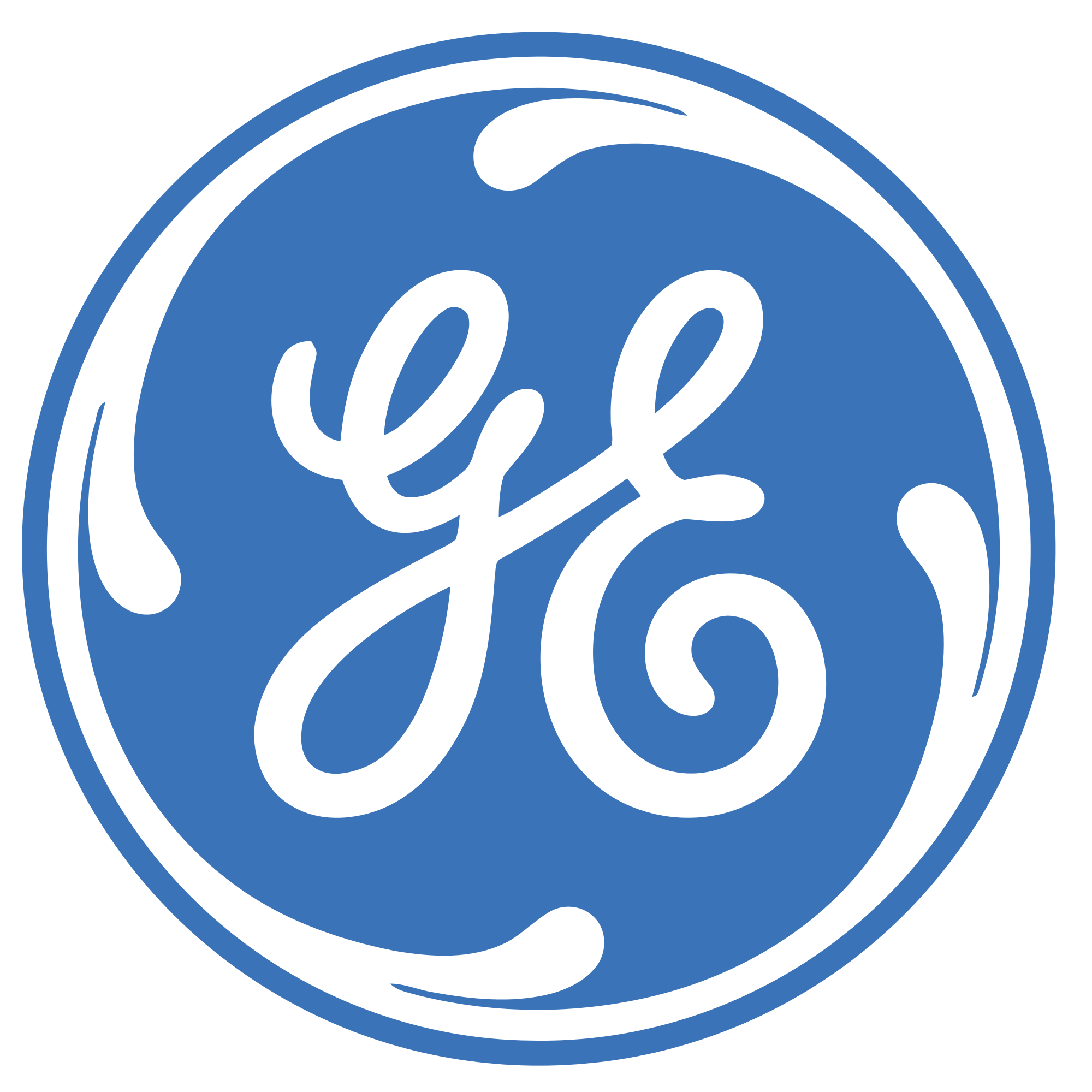

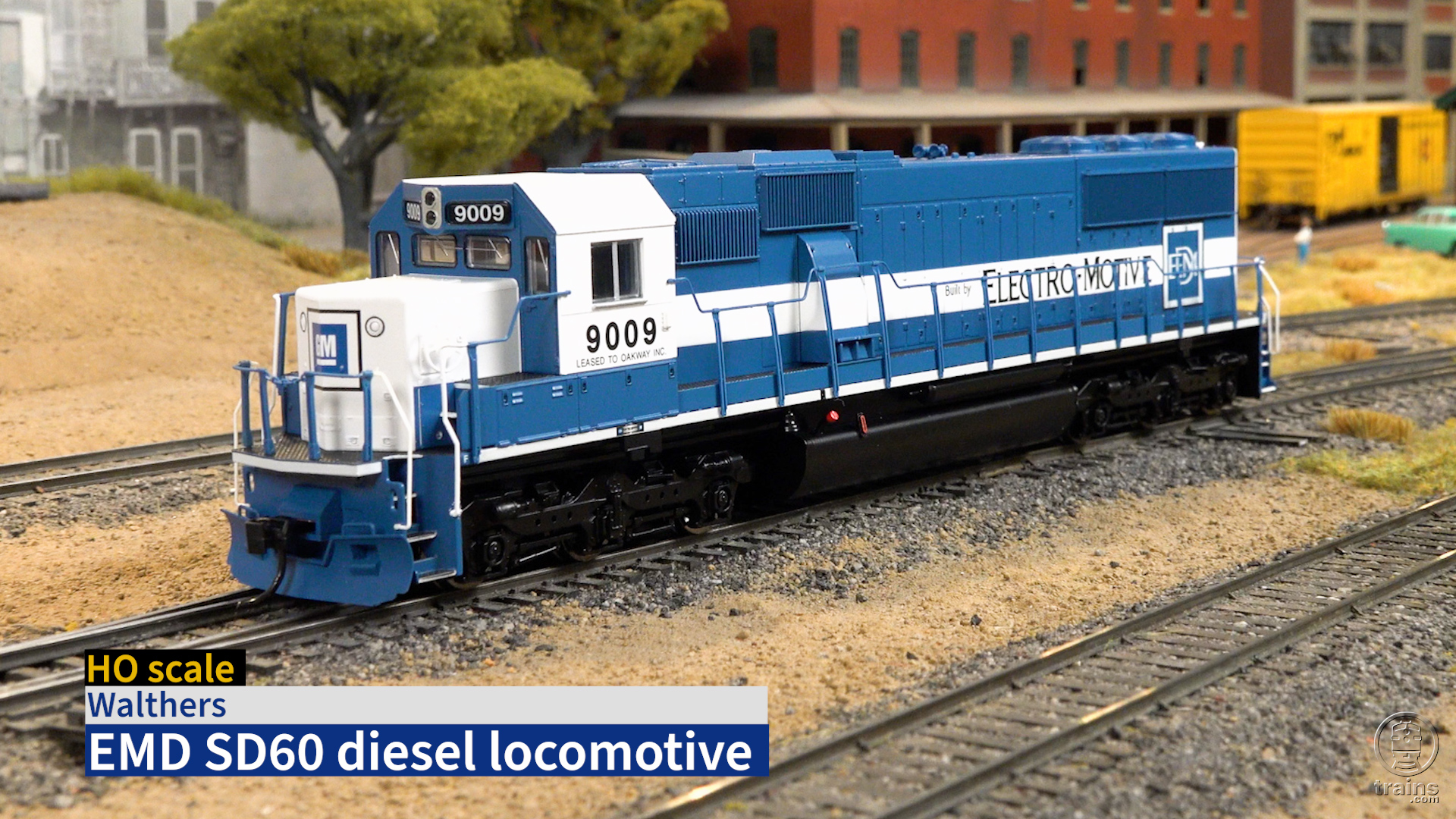
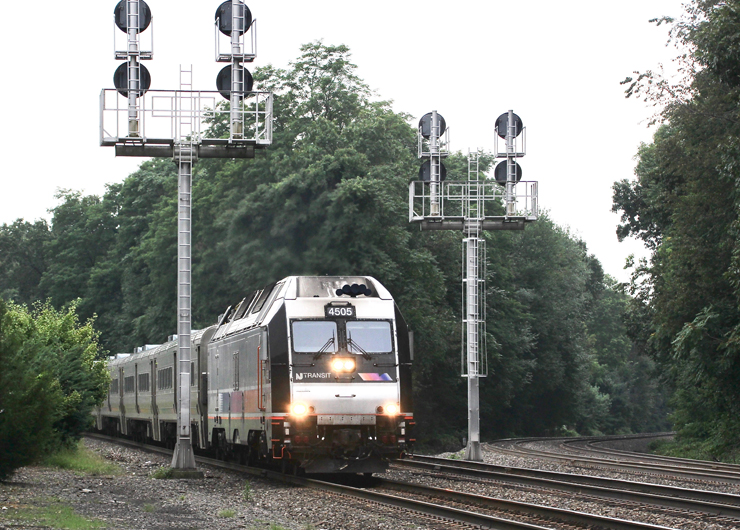
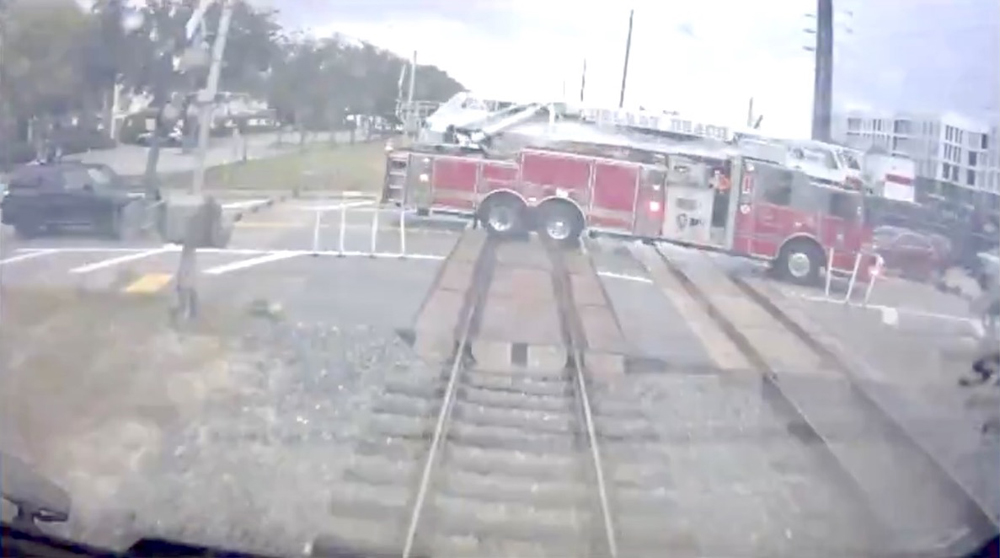
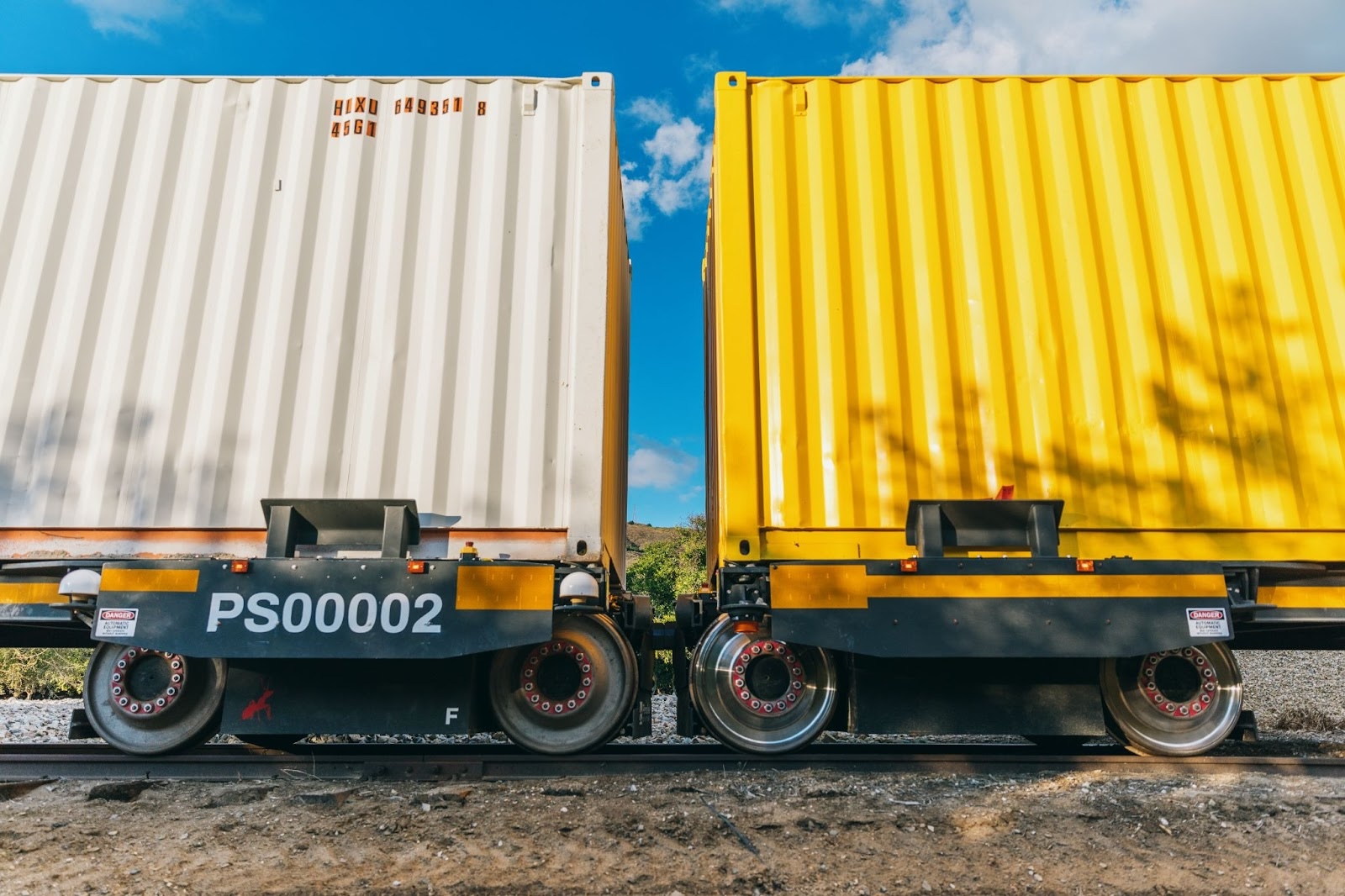




The “thing” on the RR that really needs the internet is the freight car!